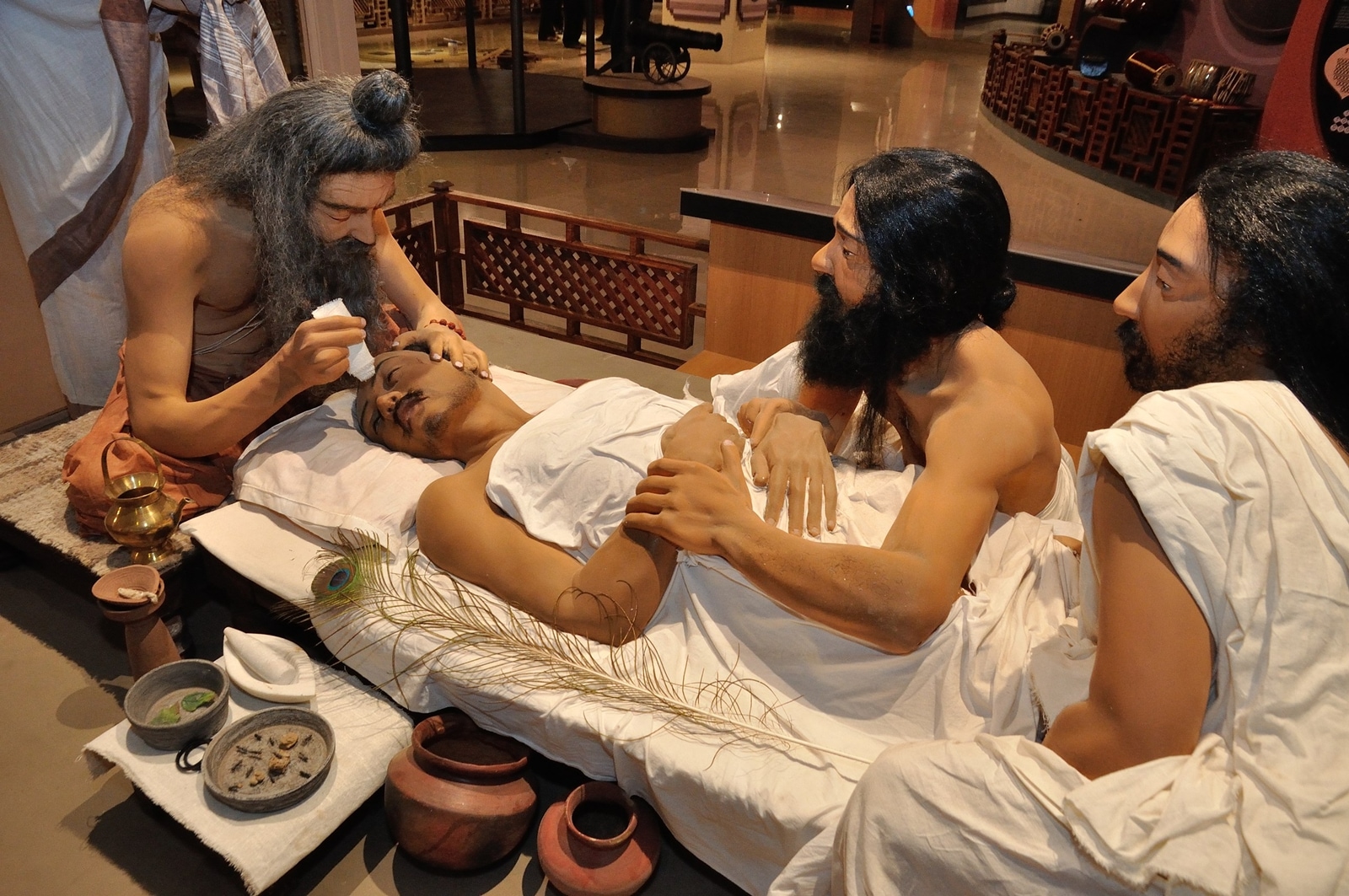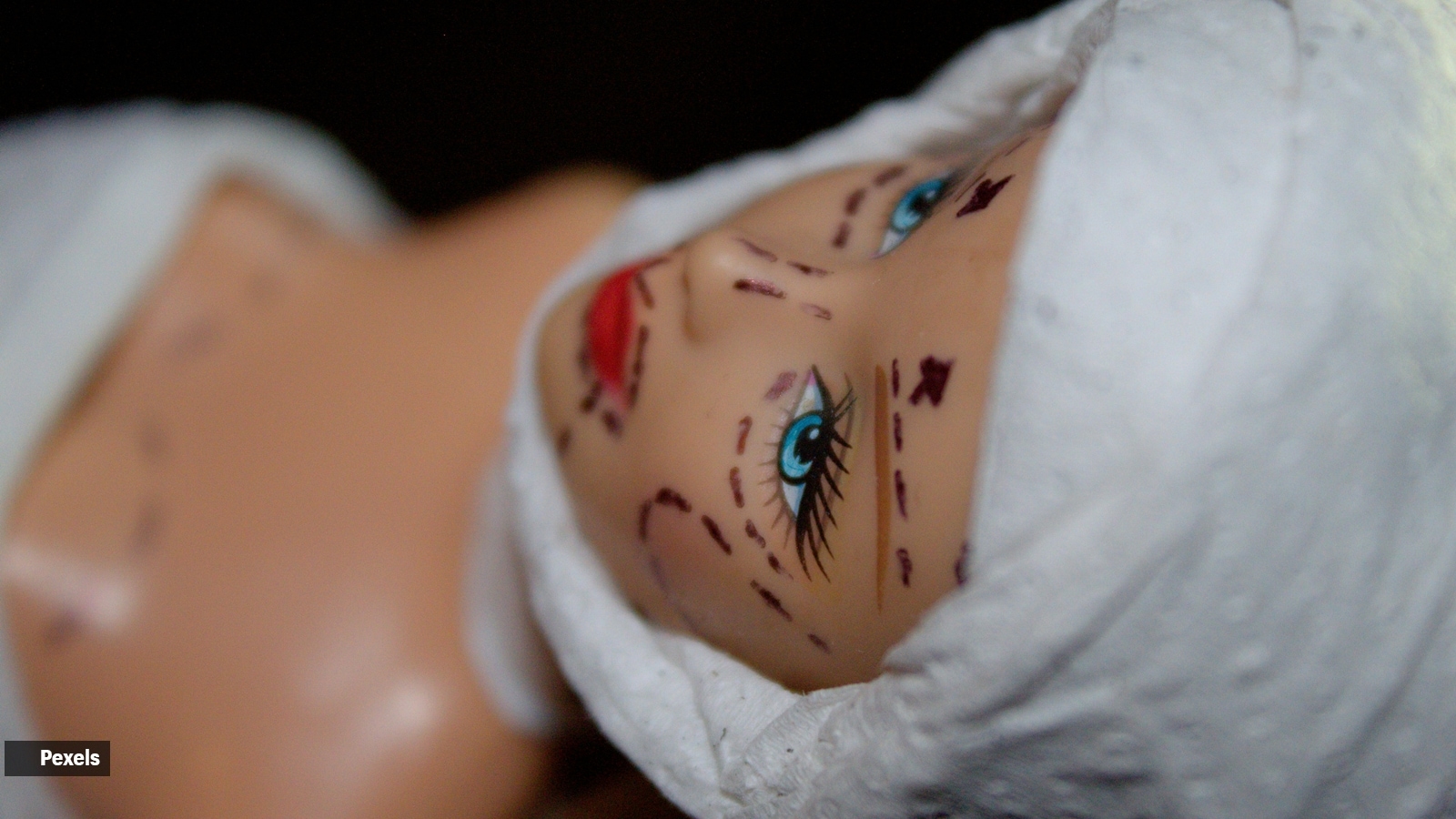📣 For more lifestyle news, click here to join our WhatsApp Channel and also follow us on Instagram
Sushruta to selfies: How India became a global capital for plastic surgery
India now ranks in the world’s top ten for cosmetic procedures, and among the top three for liposuction and rhinoplasty. The numbers tell a staggering story.
 From rhinoplasty to liposuction, explore how India is becoming the new destination for beauty transformations. (Source: Instagram/Uorfi Javed)
From rhinoplasty to liposuction, explore how India is becoming the new destination for beauty transformations. (Source: Instagram/Uorfi Javed)TThe young woman stepping off a flight at Mumbai’s international airport could be mistaken for any tourist: jeans, oversized sunglasses, a rolling suitcase. But her itinerary doesn’t include the Gateway of India or Goa’s beaches. She’s here for a nose. More precisely, a new nose—delivered in a sleek operating theatre just a few kilometres from Bollywood’s film studios. She’s one of a growing wave of international travellers choosing India not for yoga or Ayurveda, but for plastic surgery.
India now ranks in the world’s top ten for overall cosmetic procedures, and among the top three for liposuction and rhinoplasty, according to the International Society of Aesthetic Plastic Surgery (ISAPS). In sheer numbers, the growth is explosive. The Indian Journal of Plastic Surgery estimates Indian aesthetic surgery market, valued at $4.2 billion in 2023, could nearly triple by 2030.
“There’s a strong case to say India is already a hotspot,” said Dr Parag Sahasrabudhe, consultant – plastic and cosmetic surgeon at Sahyadri Super Speciality Hospital, Pune.
Back to the beginning
The irony is that India isn’t a latecomer to this story—it’s returning to its roots. More than two millennia ago, the surgeon Sushruta described –– in painstaking detail –– how to reconstruct a severed nose, then a common punishment for crime or infidelity. His method, using cheek or forehead skin flaps, stunned European doctors when “the Indian technique” appeared in a British journal in the 18th century.
 More than two thousand years ago, the surgeon Sushruta described in painstaking detail the reconstruction of a severed nose (Source: Wikimedia Commons)
More than two thousand years ago, the surgeon Sushruta described in painstaking detail the reconstruction of a severed nose (Source: Wikimedia Commons)
Plastic surgery, in other words, was born here long before the term existed. “The Sushruta Samhita is the oldest treatise on plastic surgery available globally,” said Dr Shilpa Badani, plastic surgeon at SB Aesthetics, Gurgaon. “It’s remarkable that these ideas were documented, preserved, and then rediscovered centuries later.”
From battlefield to beauty clinic
Modern plastic surgery took shape in the trenches of war––soldiers returned with shattered jaws, burns, torn skin, and surgeons restored them. The discipline’s moral authority lay in restoration, not vanity. That remains true in India’s public hospitals, where reconstructive surgery—trauma, burns, congenital anomalies—is vital for survival and dignity.
In private hospitals, however, the story changes. “Reconstructive work is often covered locally through insurance,” explained Dr Sahasrabudhe. “But aesthetics are self-pay, globally shopped. That’s why international patients come: they want elective procedures, and they compare quality and cost across borders.”
Advances in anesthesia, lasers, and ultrasound have made cosmetic surgery safer and outcomes more predictable. At the same time, a cultural revolution—social media, influencers, celebrity culture—has created a constant, globalised ideal of beauty. “People see an image every time they open their phone,” said Dr Subhash Sahu, senior consultant in plastic surgery at Ramakrishna CARE Hospitals, Raipur. “And they want to align themselves with it.”
View this post on Instagram
The economics of beauty
Cost is the obvious draw. A rhinoplasty in Mumbai may cost 60–80 per cent less than in New York or London, even after flights and hotels. But doctors argue patients come for more than discounts. “Expertise is the first question, not price,” said Dr Sahu. “India has a deep pool of surgeons trained here and abroad, working in internationally accredited hospitals. Affordability matters, but trust seals the decision.”
The geography of this new industry is predictable: Mumbai, Delhi, Bengaluru, Chennai, Hyderabad. These are India’s metropolitan hubs, where hospitals gleam, English is the language of consultation, and surgical teams shuttle between reconstructive emergencies and carefully calibrated facelifts.
The faces we choose
What do patients seek? The list is familiar: rhinoplasty, liposuction, breast augmentation, hair transplantation, eyelid surgery, Botox, fillers. Inbound clients skew overwhelmingly toward aesthetics, not reconstruction.
The motivations are less medical than aspirational. A defined nose, a contoured jawline, a body sculpted by liposuction, these are part of a global aesthetic, pan-Asian yet universal, shaped by Instagram filters as much as by film stars.
“This is where culture is as important as medicine,” Dr Sahasrabudhe said, adding, “Beauty ideals travel faster than people. By the time a patient walks in, they already know the look they want. Our job is to balance that desire with what is safe and natural.”
 India’s medical tourism industry, valued at $21 billion in 2024, is expected to more than triple by 2033 (Source: Pexels)
India’s medical tourism industry, valued at $21 billion in 2024, is expected to more than triple by 2033 (Source: Pexels)
A global leader in the making
Worldwide, aesthetics now eclipse reconstruction. Non-surgical treatments—Botox, fillers, skin rejuvenation—are the fastest-growing of all. India’s $21 billion (2024) medical tourism industry is expected to more than triple by 2033, with cosmetic procedures projected to make up nearly a third of the flow. Already, the country treats around two million international patients annually; the government anticipates that figure will only rise.
“We’re not just catching up—we’re shaping the field,” said Dr Sahu. “Patients don’t come only because it’s cheaper. They come because India can match international quality, and sometimes exceed it. That mix—history, expertise, affordability, and culture—makes us unique.”
📣 For more lifestyle news, click here to join our WhatsApp Channel and also follow us on Instagram




- 01
- 02
- 03
- 04
- 05























